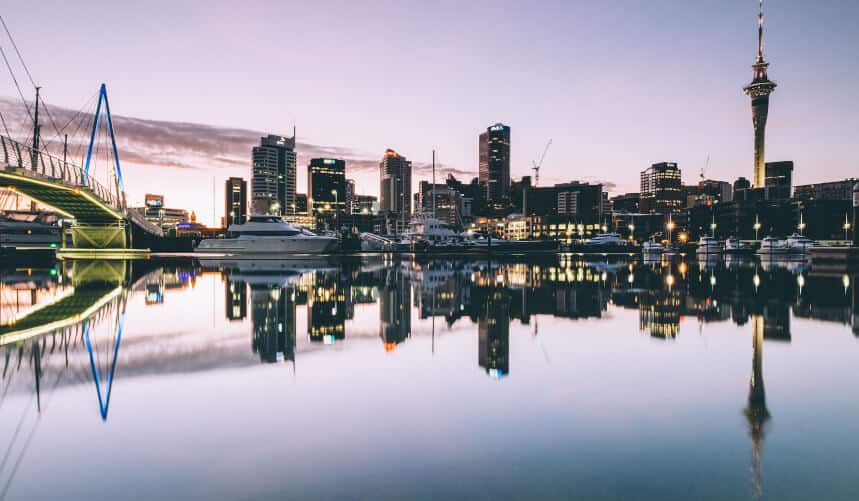As the world continues to respond to the coronavirus pandemic, New Zealand is another country that has gradually started to reopen but with new precautions and perspectives top-of-mind.
Some lessons may not apply to the US workforce due to cultural differences, but there’s plenty to consider as we move into the fall and winter seasons.
In this article, we’re sharing five lessons from New Zealand’s workforce reopening.
How COVID-19 impacted New Zealand
It’s helpful to understand how the novel coronavirus impacted New Zealand as a whole. Let’s take a look in further detail.
Confirmed cases and deaths
At the time of writing, the total number of confirmed and probable cases in New Zealand is 1,589, and the total number of deaths is 22.
Lockdown procedures
New Zealand’s strategy to protect its citizens from the novel coronavirus pandemic was to implement a tough lockdown protocol early on. As a result, New Zealand has seen fewer cases and deaths compared to other countries.
The country closed its borders on February 3rd to any foreigner trying to enter from China, which at the time, was where many cases were originating in that part of the world. This was just one day after the first confirmed death outside of China was recorded. Also, any New Zealander traveling back home had to isolate themselves for 14 days.
In mid-March, Prime Minister Jacinda Ardern closed New Zealand’s borders entirely to the majority of non-citizens and residents.
“Doing this early on with only over a few thousand cases [worldwide] at the time allowed them to basically stop the influx and stop the community transmission,” Professor Martin Berka, an economist at New Zealand’s Massey University, told the BBC in an article.
At the time of writing, New Zealand is at Watch – Level 1, meaning the COVID-19 risk is low and new cases are either decreasing or leveling out. The New Zealand government advises citizens to limit travel, maintain physical distancing practices, and wear masks.
Testing and tracing
To coincide with a strict lockdown procedure, New Zealand worked to make testing readily available to its citizens. According to the Ministry of Health, New Zealand tests roughly 3,600+ people per week and has tested over 500,000 people since January 22nd.
Working remotely
The sudden transition to working from home was a difficult task for many across the world, but like many countries, New Zealand found it beneficial for productivity.
A University of Otago study found that 73% of people were “equally or more productive” while working from home. What’s more, 89% of those who participated in the study said they wanted to keep working from home after the lockdown lifts.
Now, let’s take a look at a few of the most prominent lessons from New Zealand’s workforce reopening.
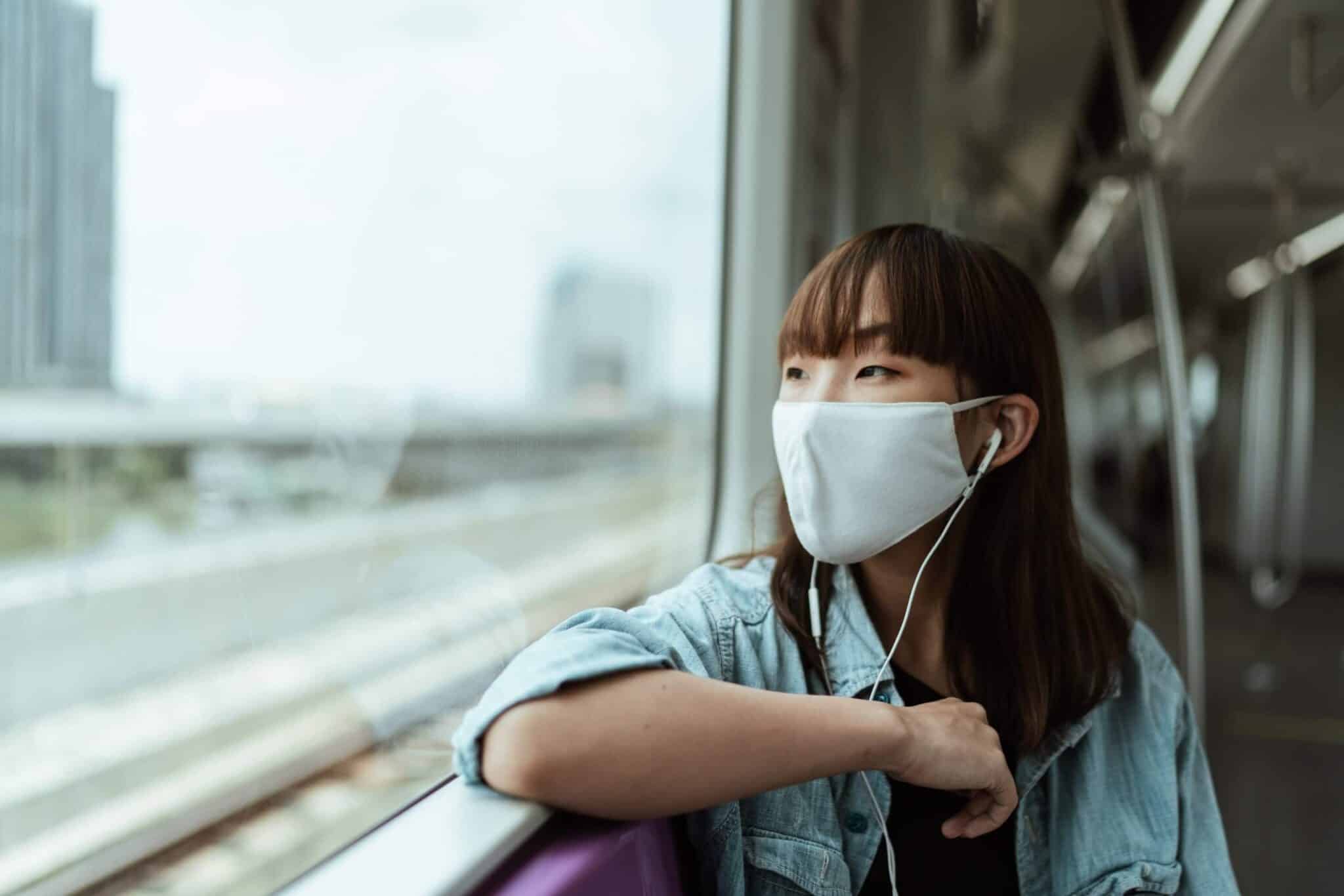
Lesson 1: Practice physical distancing while commuting (in addition to in the office)
As New Zealand companies began allowing employees to come back into the office (Level 2: Practice Enhanced Precautions), they adopted several procedures for commuters.
In Auckland, specifically, commuters had these guidelines to follow:
- Trains and ferries run on standard daily times
- Only AT HOP cards are accepted (a reusable, prepaid smart card for public travel around Auckland), which helps with contact tracing
- Increased cleaning procedures that yield two-week antiviral protection
- All public transportation staff are required to wear PPE
- Masks are optional for passengers
Plus, each bus displays the new maximum number of passengers it can hold at a time, so there’s never confusion or worry that passengers are too close.
The challenges didn’t stop at the office doors—once employees arrived, there were new protocols introduced for how to safely enter the building.
The engineering firm, Beca, has 2,300 employees, all of whom they want to see back in the office, according to an article from RNZ. The solution was to allow two to four people in an elevator at once while maintaining at least five feet apart.
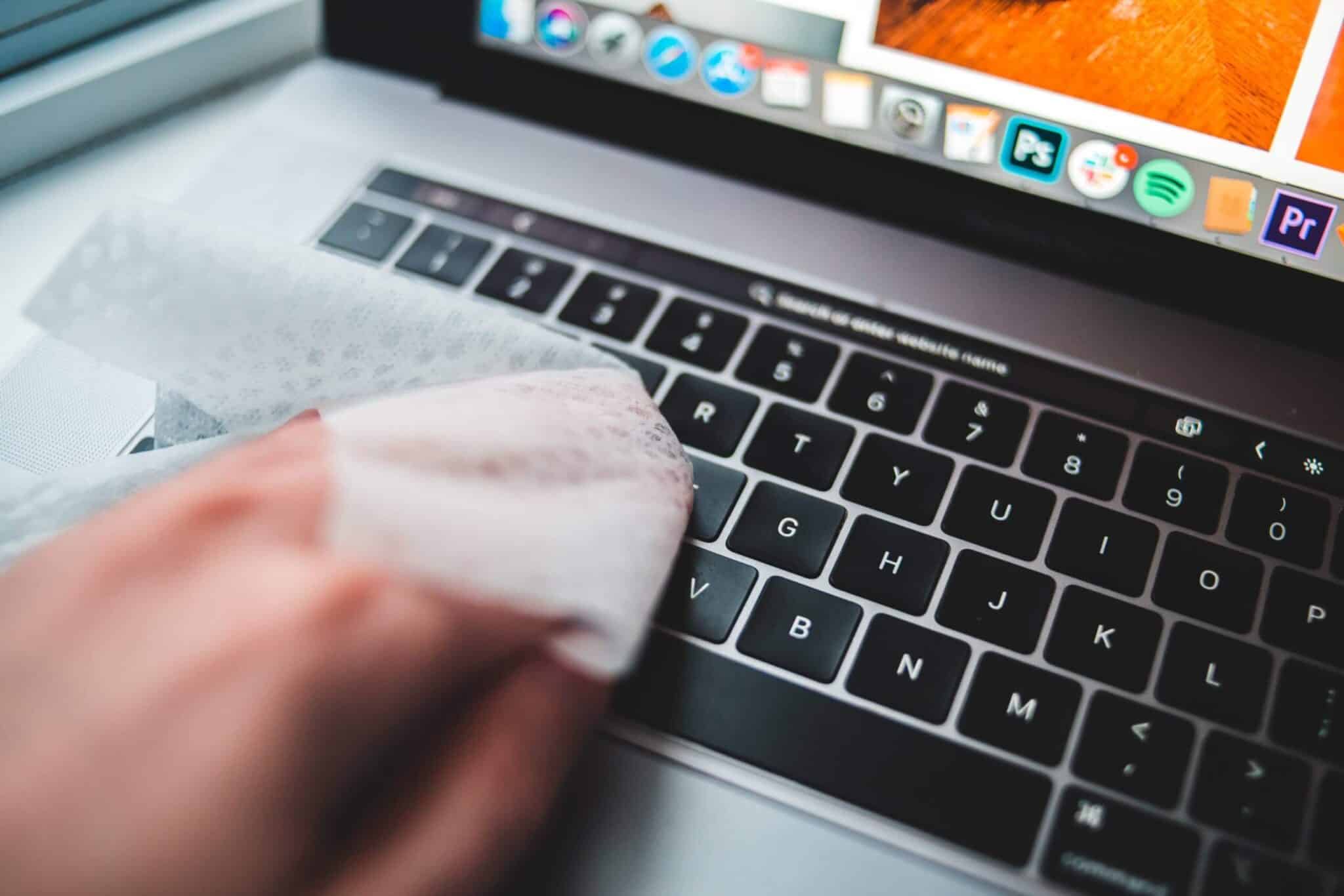
Lesson #2: Continue to emphasize hygiene protocols and cleaning schedules
One lesson that has become widely adopted by companies all over in the wake of COVID-19 is frequent and thorough cleaning practices. New Zealand is no exception.
Companies are expected to follow government-set guidelines to keep their building as clean as possible, including:
- Stock staff and public bathrooms with soap; if soap is not available, make sure hand sanitizer with at least 60% alcohol is accessible
- Ensure paper towels are available and/or hand dryers are functioning properly
- All common spaces, like kitchens and collaborative spaces, are cleaned often and thoroughly
New Zealand also has cleaning procedure guidelines available for companies to view and implement. These guidelines include everything from what types of cleaners work best to how to remove PPE once you’ve finished cleaning.
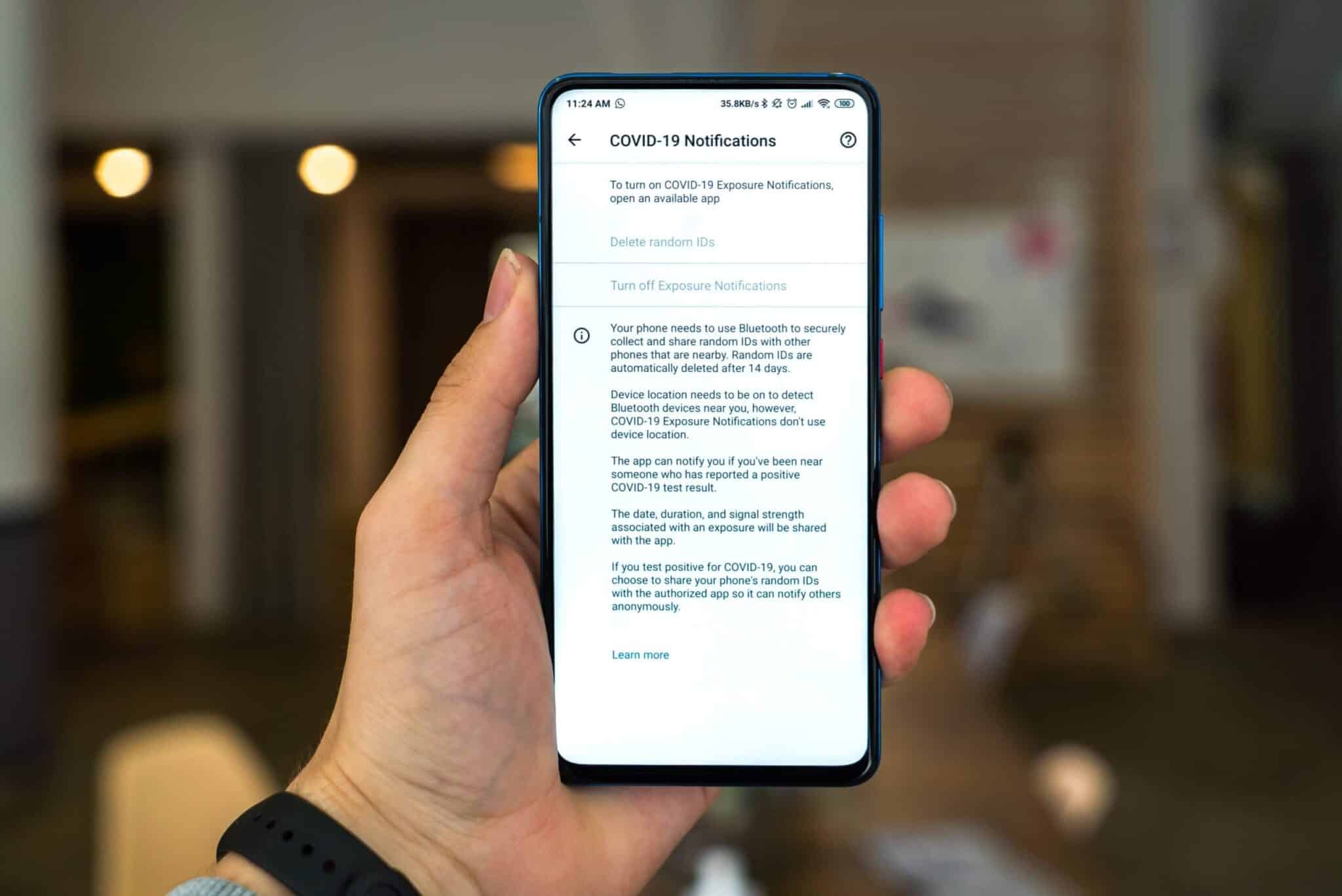
Lesson #3: Contact tracing procedures help mitigate the spread of the virus
New Zealand has emphasized contract tracing as part of its plan of elimination against COVID-19. To make this accessible for all, the government built a QR code system that enables people to self-report instances of possible contact with the virus. These posters help New Zealand monitor how and where the virus spreads so they can intervene and quarantine individuals.
All businesses and services are required to exhibit official NZ COVID Tracer QR code posters at building entrances—or wherever people enter the building. Before entering a building, employees or customers are required to sign in using the QR code.
New Zealand made it easy for businesses to acquire these posters through a self-serve portal. In addition, companies can order as many posters as they need for each location.
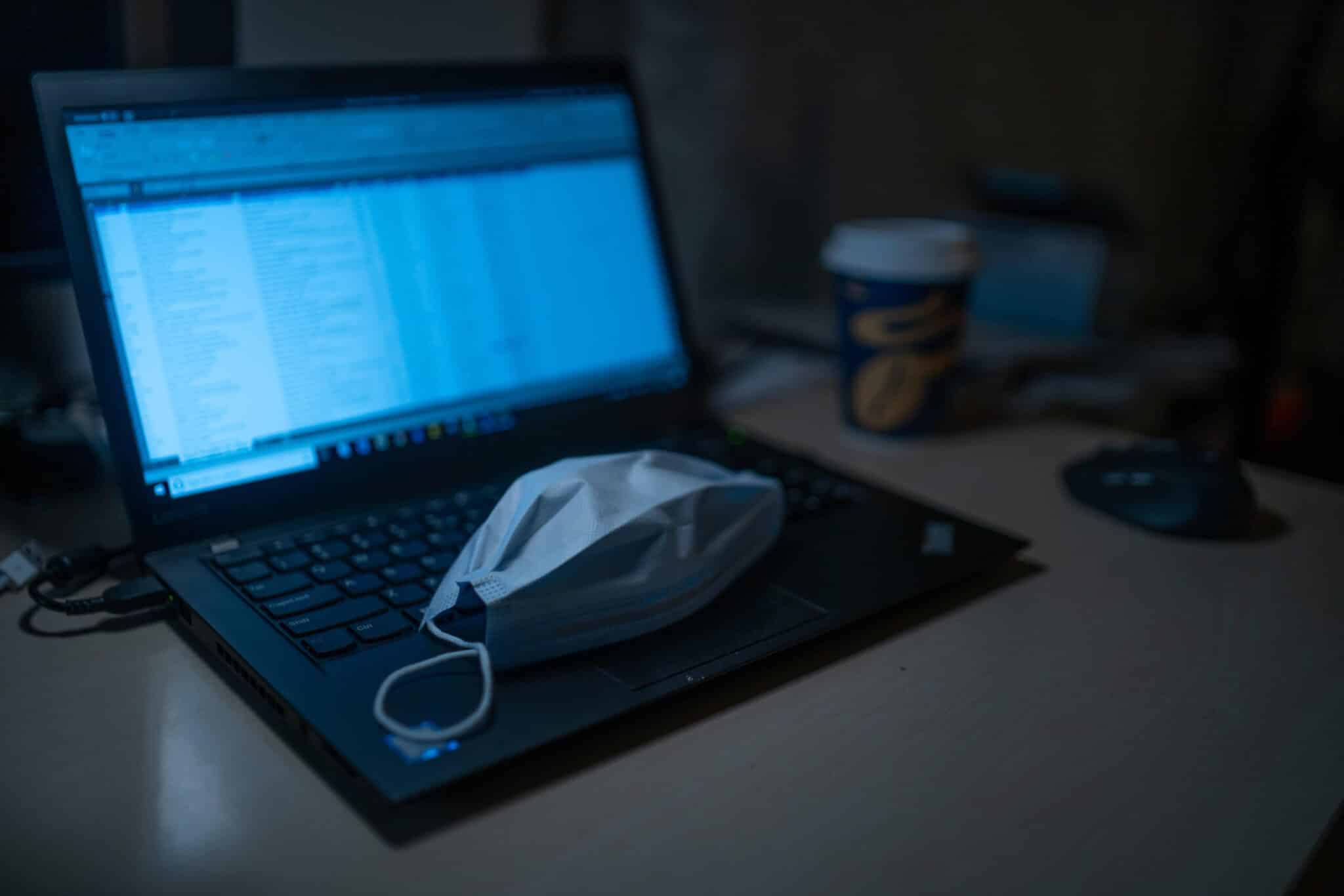
Lesson #4: Provide additional support for sick employees
Streamlining communication—no matter where employees are working—has proven to be a critical part of safely reopening offices across the world.
For New Zealand businesses that did return to the office, signage was placed throughout the office, telling people not to enter the premises if they showed symptoms of COVID-19. These signs also instruct people with symptoms to call the Healthline or their doctor.
In terms of testing, companies are not responsible for facilitating tests for employees who show symptoms. Instead, all testing is run through the New Zealand government.
For employees who show symptoms of COVID-19, businesses are to provide extra support to those who need to take a leave of absence. Flexible leave arrangements allow sick employees to take care of themselves without the financial stress of coming to work. The COVID-19 Leave Support Scheme enables businesses to provide this level of support.
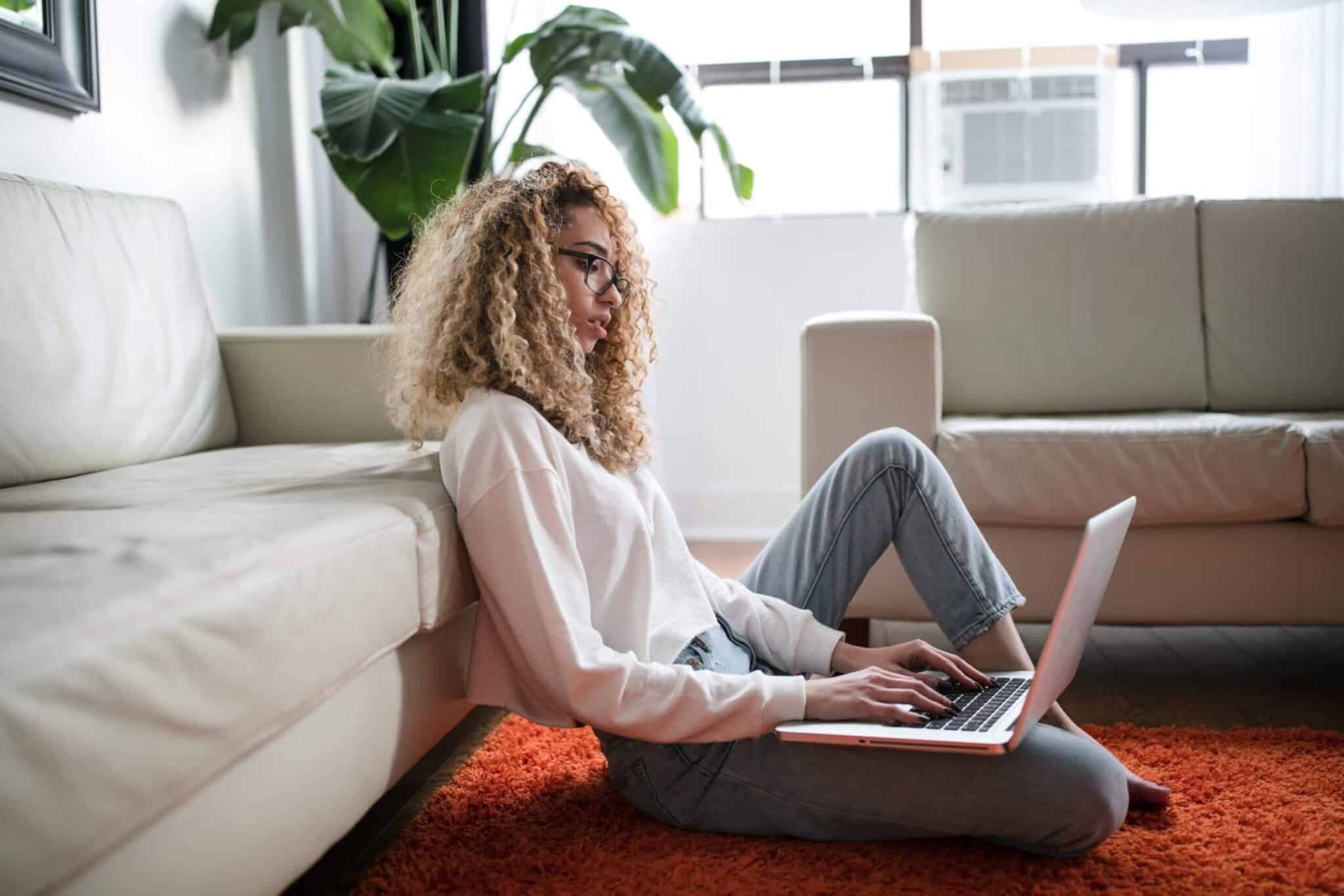
Lesson #5: Embrace remote work for the long term or adopt a hybrid work schedule
COVID-19 has altered how companies of all sizes and industries look at the physical workplace. Several are itching to return to the office, while others are comfortable working from home.
However, some businesses choose to alternate employee work schedules week by week, otherwise known as shift work. For example, a company might allow 50% of their employees to come into the office on certain days of the week and the other 50% on the alternating days. Those who are not working in the office are to work at home as usual.
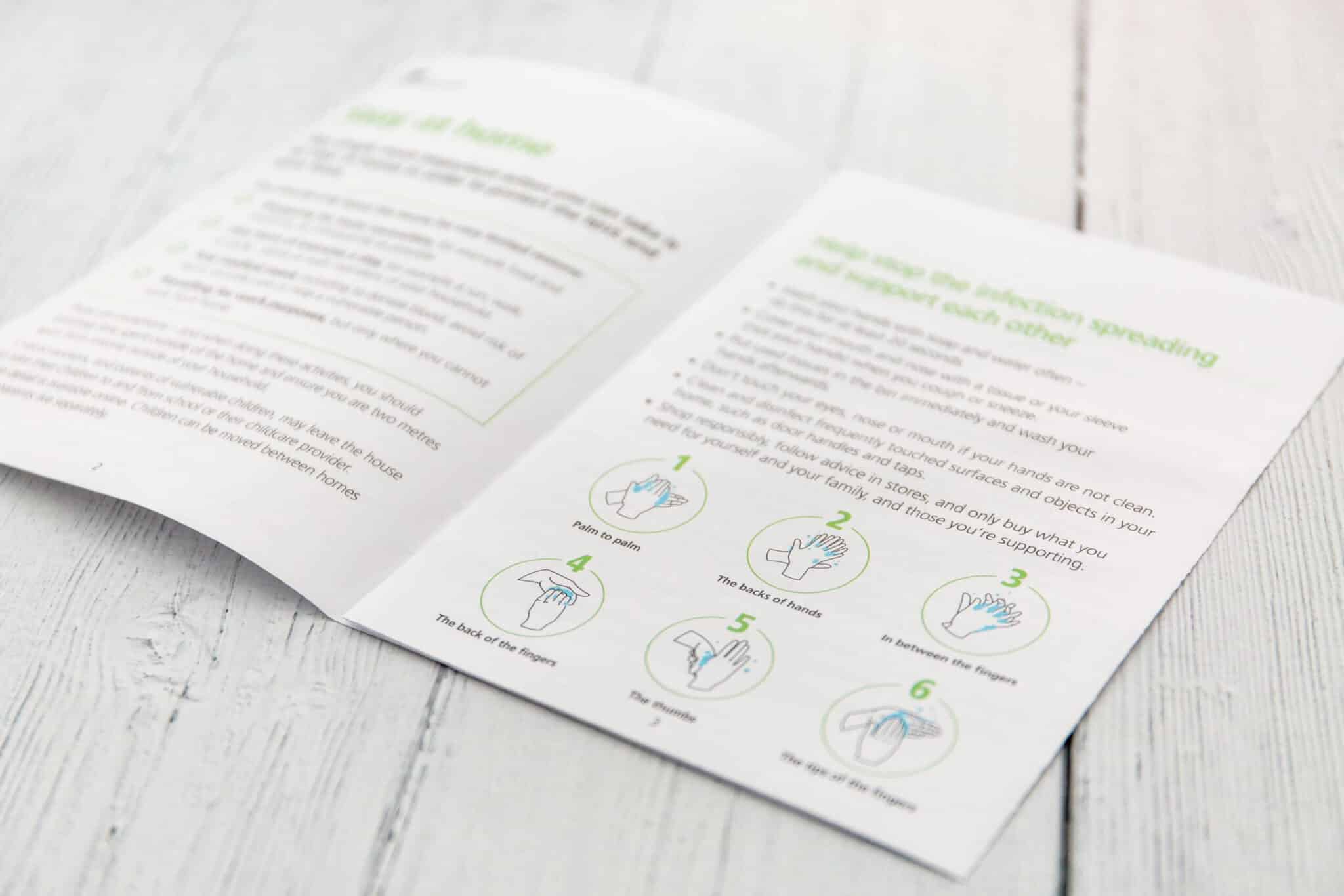
What can be learned from New Zealand about returning to the office and COVID-19?
New Zealand continues to adjust based on what’s happening globally with COVID-19 and what’s working best for its citizens.
Other countries are also practicing things like physical distancing, proper personal hygiene, and shift work. But New Zealand has seen the value in implementing tactics like contact tracing and additional support for sick employees.
By prioritizing the health and well-being of its people, New Zealand has been able to keep their cases and death rates low despite the novel coronavirus still being a global issue.
Is your company planning on reopening its doors? Comment below or send us a tweet to let us know how this process is working for your team.
Photos: Dan Freeman, Ketut Subiyanto, Erik Mclean, Mika Baumeister, Dimitri Karastelev, OSS, Thought Catalog

